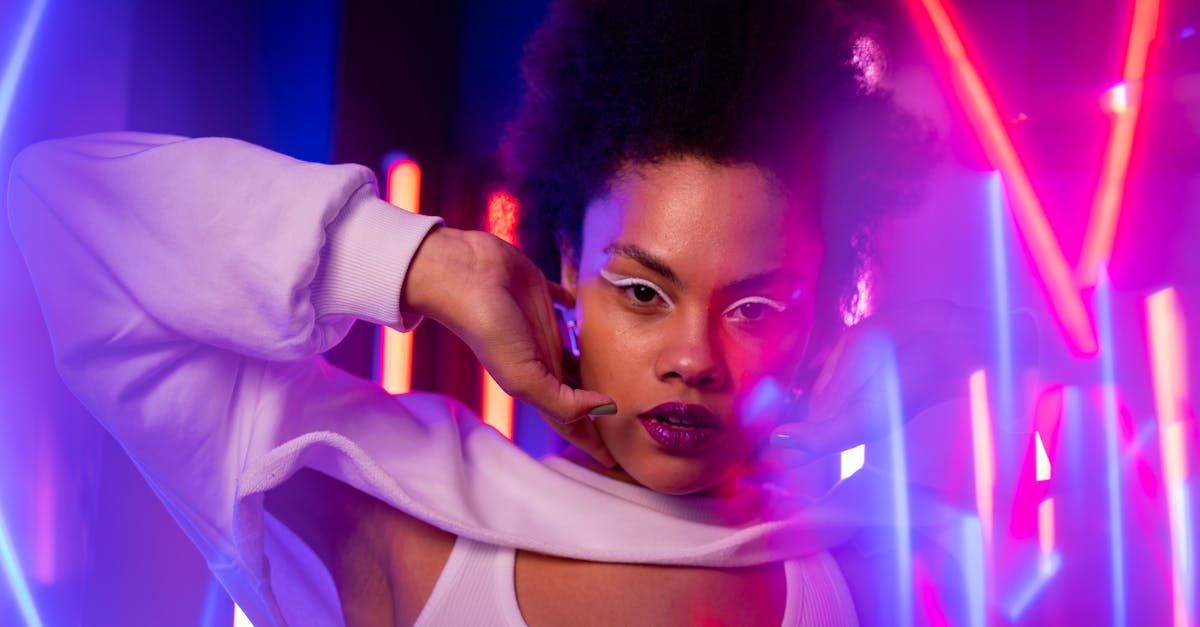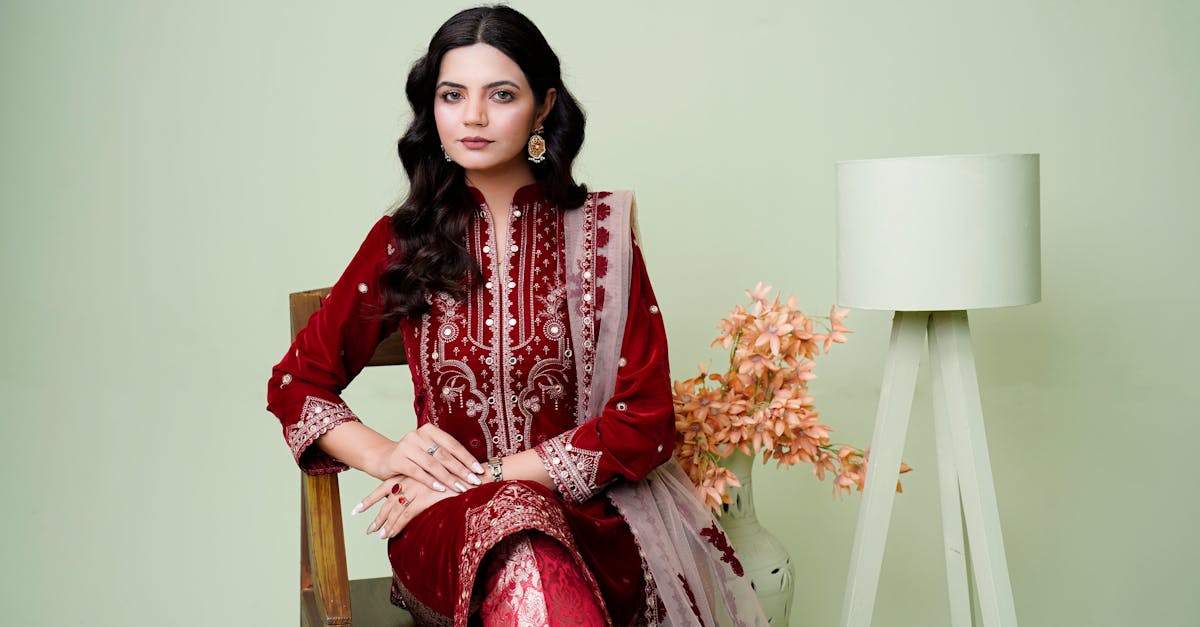Future Fashion Revolution 2024: Innovating Trends Beyond Imagination
Introduction
In 2024, the fashion industry is on the brink of a transformation like never before. As technology blends seamlessly with creativity, designers are breaking traditional boundaries to create futuristic apparel. The focus is shifting from mere aesthetics to functionality and sustainability, tackling challenges of environmental impact. With digital avatars and the Metaverse influencing fashion, the future is exciting and unpredictable. This fusion brings forth a profound revolution, encompassing AI design, biodegradable materials, and inclusive fashion practices. Join us as we explore how fashion is moving beyond imagination into a sustainable and innovative future.
Advertisement
Digital Fashion and the Metaverse
The Metaverse, a virtual world where reality meets digital innovation, is revolutionizing fashion in 2024. Fashion houses are crafting exclusive digital collections that can be worn by avatars, eliminating physical constraints. These digital garments are eco-friendly, as they don't contribute to the textile waste plaguing the industry. Brands like Balenciaga and Gucci are pioneering this trend, presenting virtual fashion shows that captivate audiences worldwide. The concept of owning a digital wardrobe is swiftly becoming mainstream, offering limitless customization without a carbon footprint. As the Metaverse evolves, fashion's relationship with virtual reality is only expected to strengthen.
Advertisement
Sustainability and Eco-fashion
Sustainability remains at the forefront of the fashion revolution, with 2024 emphasizing eco-friendly designs and materials. Designers are increasingly using biodegradable fabrics made from algae, mushrooms, and pineapple fibers, reducing dependency on traditional textiles. Circular fashion models, which recycle garments to minimize waste, are gaining traction. Brands are adopting transparent supply chains, ensuring ethical production practices are upheld. The fashion industry aims to reduce its carbon footprint, actively engaging in carbon-offset initiatives and eco-innovations. Consumers are becoming more conscious, demanding sustainable practices to shape the future of fashion.
Advertisement
AI and Automation in Designing
With AI and automation at the helm, 2024 brings a new wave of innovative designs that cater to individual preferences. Artificial Intelligence aids designers by analyzing trends, consumer behavior, and environmental data to create personalized, eco-conscious collections. Automated manufacturing processes streamline production, minimizing fabric waste and reducing resource consumption. AI is instrumental in developing smarter textiles that enhance wearer experience, encompassing temperature regulation and health monitoring functions. As technology becomes embedded within fashion, it heralds an era of creative and sustainable possibilities.
Advertisement
3D Printing and Customization
3D printing is revolutionizing how fashion pieces are designed and manufactured in 2024. This technology enables bespoke customization, allowing consumers to personalize clothing down to the finest detail. By leveraging 3D printing, brands cut down on waste, producing garments only when ordered. This made-to-order approach minimizes overproduction, aligning with sustainable goals. Fashion enthusiasts can design and "print" their own clothes, challenging the mass-market norms. 3D printing empowers the sustainable transformation of customization in fashion.
Advertisement
Inclusivity in Fashion
Inclusivity is transforming the landscape as fashion embraces diversity in 2024. This revolution prioritizes diverse body types, ages, and cultural perspectives in both design and marketing. Adaptive fashion offers functional clothing that caters to people of all abilities, expanding accessibility and representation. Gender-neutral collections are flourishing, dismantling traditional fashion norms and encouraging authenticity. Brands are focusing on inclusive marketing, using models from varied backgrounds to resonate with a wider audience. The future of fashion is diverse, celebrating individuality and shared experiences.
Advertisement
Biodegradable and Smart Textiles
Biodegradable and smart textiles signify pivotal changes in 2024's fashion trends. Textiles developed from natural proteins or cellulose biodegrade within months, reducing landfill accumulation. These sustainable fabrics meet the demand for eco-friendly fashion without compromising quality. Simultaneously, smart textiles integrate technology to enhance functionality. Fabrics with embedded sensors provide health insights, such as tracking heart rate or skin temperature. This intersection of bio-innovation and technology is redefining what it means to merge fashion with functionality.
Advertisement
Collaborations and Fashion Tech Startups
Collaborations between established fashion giants and tech startups are driving innovation in 2024. These partnerships foster creativity, merging technology with traditional craftsmanship. Startups like Ambercycle and Bolt Threads are introducing biodegradable materials, revolutionizing textile production. Fashion tech incubators are nurturing young designers and technophiles aiming to create a sustainable future. Big brands are investing in tech-driven solutions, bridging the gap between digital and physical fashion spaces. Such collaborative efforts are shaping a multifaceted, interconnected fashion industry.
Advertisement
Challenges in the Fashion Revolution
As fashion pioneers into new territories in 2024, challenges persist. Ensuring equitable access to fashion technology and sustainable practices across different economies is a pressing concern. While digital fashion minimizes waste, it also opens discussions on digital ownership and metadata privacy. Balancing technological advancement with ethical manufacturing processes requires careful navigation. Fashion designers face the challenge of maintaining brand identity within an ever-changing digital landscape. Although hurdles exist, innovation and creativity promise to address them progressively.
Advertisement
Conclusion
Fashion in 2024 stands on the cusp of a revolution, harmonizing sustainability with technology to forge a balanced future. From digital fashion to eco-friendly materials, each facet contributes to a broader narrative of innovation. As consumers become active participants in shaping trends, fashion continues to evolve into a dynamic, inclusive field. The industry's commitment to sustainability assures a cleaner, greener future while embracing technological advancements. With creativity as its driving force, the future of fashion holds limitless possibilities, setting the stage for continued revolution and transformation.
Advertisement








